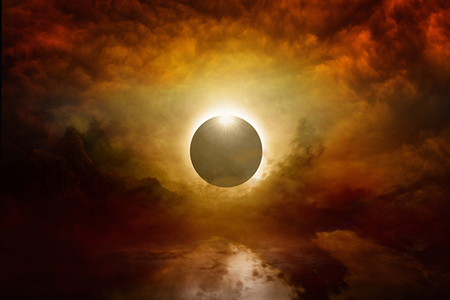A solar eclipse will pass over North America on August 21, with the eclipse partially visible in all of the contiguous U.S. and totally visible to observers in its path, stretching from Lincoln Beach, Ore., to Charleston, S.C.
The phenomenon marks the U.S.’ first total solar eclipse since 1979, but observers have kept an eye on the sky long before that—and perpetuated myths in the process. The most common:
Myth: A total solar eclipse emits radiation that can harm health.
A total solar eclipse does produce electromagnetic radiation, but not enough to reach Earth and result in blindness or hazardous effects on food—two popular beliefs. (Remember: Looking directly at the sun at any time can be damaging to your eyesight.)
Myth: A total solar eclipse is a sign catastrophe is about to strike.
A total solar eclipse does not forebode imminent devastation, but to some, it can seem that way because of “confirmation bias.” Historically, solar eclipses were recorded more often when they occurred at the same time as other momentous events (many of which were disastrous), giving rise to the assumption they signal impending doom.
Myth: A total solar eclipse predicts the future.
A total solar eclipse does not indicate what will happen in the future. Astrologists typically use an eclipse in the same way they use other natural occurrences: to prove a connection between fate and/or destiny and an otherworldly spectacle. This presents another case of confirmation bias, similar to when we draw parallels between what our horoscopes “forecast” and what happens in real life.
Another related myth held by astrologists: a total solar eclipse on or six months after your birthday is a sign of poor health in the future. (It isn’t, for the record!)
Will you be watching the solar eclipse?
Source: NASA.gov










